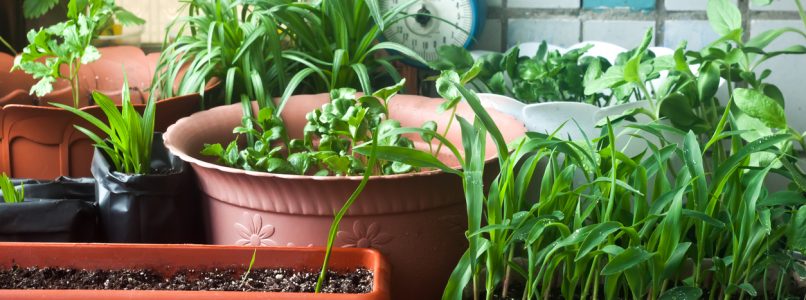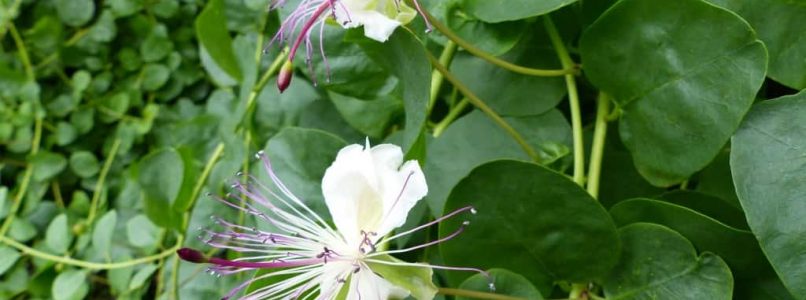September, the month of transition between summer and autumn, a favorable time to dedicate to the care of the vegetable garden, even the one on the balcony!
The vegetable garden on the balcony is a widespread trend. Having salad, tomatoes, zucchini, onions at hand without having to leave the house is a great advantage. And even more so is the security of knowing what we bring to the table because … we have cultivated it!
September, with its beautiful days characterized by a mild climate and temperatures no longer as high as in the summer months, is a perfect month to devote to thevegetable garden on the balcony (or even to create one!) and sowing those vegetables that you can enjoy during the long winter months. Many are the plants, but also the flowers, to sow or transplant in this period: from spinach to leeks, from salad to onions.
Garden on the balcony in September: where to start?
Often returning from vacation, after one or more weeks away from our balcony, the situation we find is not the best. The first thing to do, therefore, is to put our vegetable garden back on its feet. Let's start by cleaning up the plants and weeds from the pots and soil.
We then buy the soil with fertilizer and start a manure the earth we have in the pots or in the seed beds. A good idea is also to use a home-made compost with food waste instead of commercial fertilizer.
Before starting the new sowing it is therefore essential that the soil is rich in nutrients. That's why the first thing to do is fertilization. Only then can we proceed with sowing.
What to sow in September?
It's time to think about which vegetables to sow. Our thoughts run to the cold winter evenings when on the table it is customary to taste hot soups and stews.
You will be pleased to know that this is the best time to sow such vegetables lettuce, chicory, rocket, catalogna, endive, spinach and even leeks, onions, turnip greens, radishes, carrots and cabbage. All vegetables, especially the latter, that you can safely grow in pots, obviously taking into account the spaces that each vegetable requires.
For cabbage and cauliflower – in addition to preparing pots of adequate size – better to take advantage of the first days of September and not wait too long, otherwise the best moment passes.
Look at the moon!
Since the dawn of time moon phases have affected the agricultural activities of man, especially the moment of sowing. The movements of the moon affect the amount of water and moisture that from the ground it radiates towards the roots, with direct effect on the growth of the plants. This is why it is important to take into account the moon phases when in the sowing period.
When the moon is growing the seeds absorb more moisture from the soil, to reach a peak on full moon days. While when the moon is waning it is considered a rest period.
The most widespread advice is therefore to wait for the crescent moon to sow plants, we have the desire to make flowers bloom as soon as possible (first they bloom, first the berries ripen) such as tomatoes, zucchini, peppers, etc … While it is good to wait for the waning moon to sow plants and vegetables that end the production cycle with flowering: lettuce, chicory and leafy vegetables in general.
Not just vegetables!
If there is no lack of space on your balcony, this is also the perfect month for plant flower bulbs (like primroses, daffodils, carnations, tulips) that with a bit of luck, as well as adequate care and a good dose of green thumb, will announce the arrival of spring towards February / March, filling your balcony with colors and scents!


